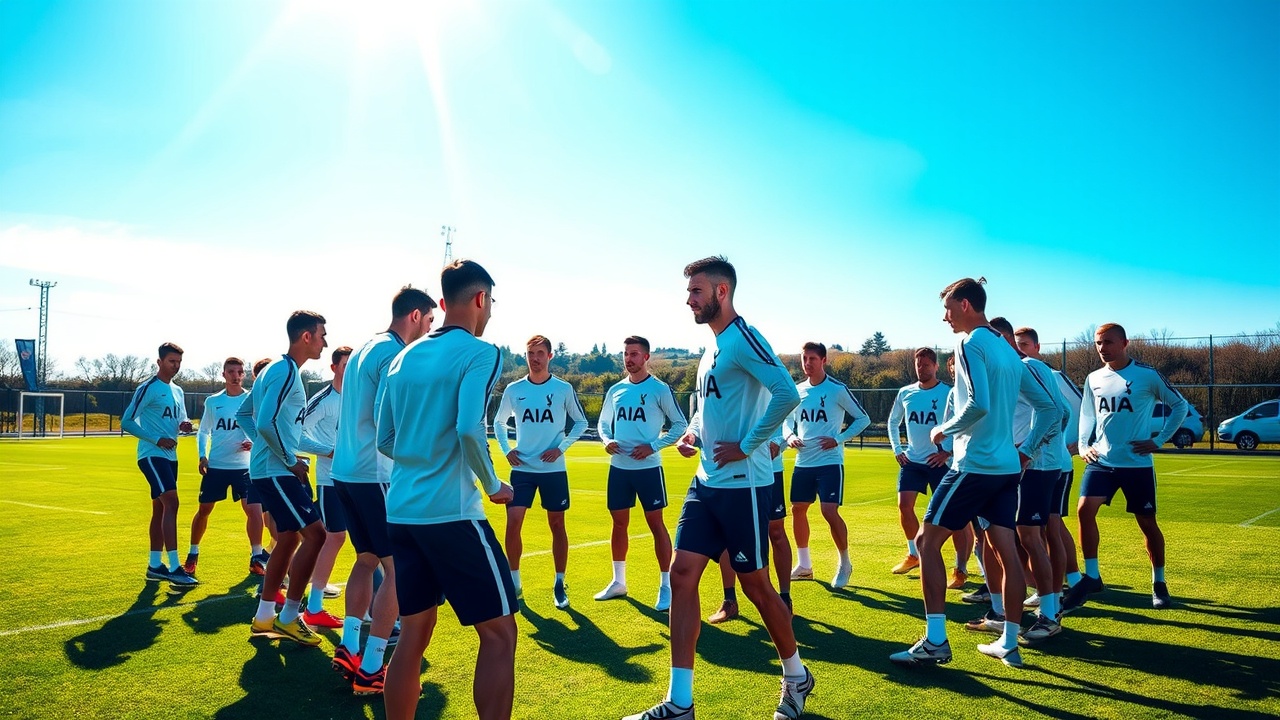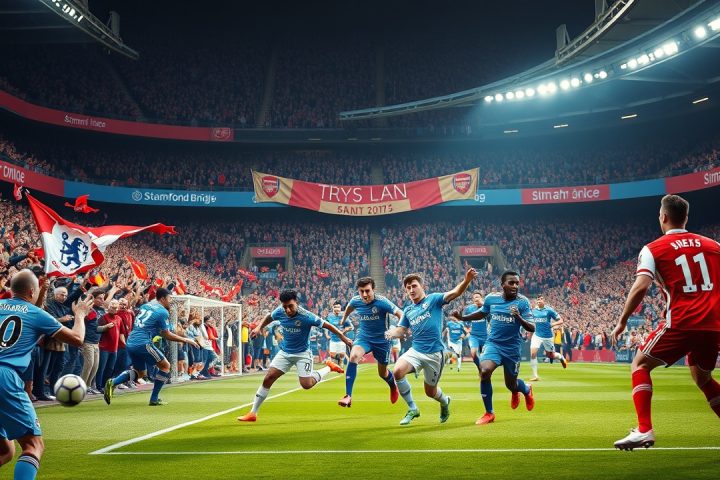Tottenham Hotspur’s Champions League Challenges
Tottenham Hotspur is preparing for a challenging season ahead, particularly concerning the composition of their Champions League roster. As they aim to firm up their standing within Europe’s elite football competition, the implications of homegrown player regulations loom large over the club. Beyond the excitement of qualifying and the financial benefits to bolster their squad, Spurs must carefully navigate strict guidelines related to player registrations that could leave some significant first-team members sidelined.
Homegrown Player Regulations
The Premier League stipulates that clubs can only include a maximum of 17 players who do not meet the criteria of being classified as ‘homegrown.’ A ‘homegrown player’ is defined by the league as any individual who has been registered with a club affiliated with The Football Association or the Football Association of Wales for a continuous period of at least three years prior to turning 21. Currently, Tottenham boasts eight players that meet this homegrown classification: Brandon Austin, Kevin Danso, Ben Davies, Archie Gray, Brennan Johnson, James Maddison, Dominic Solanke, and Djed Spence.
UEFA Regulations and Squad Composition
While these players contribute to Tottenham’s homegrown quota, the more complex issue arises with UEFA’s regulations regarding ‘locally trained’ players. Last season, after their Europa League victory secured their Champions League placement, Spurs will have to submit two lists; List A will comprise the main squad, while List B includes players born on or after January 1, 2004, who have been associated with the club for two uninterrupted years before age 15. The total number of players remains capped at 25 for List A, but UEFA mandates that at least four out of the eight homegrown players must have spent three full seasons at the club between the ages of 15 and 21 to meet the ‘locally trained’ criteria.
Currently, only Austin counts as ‘locally trained,’ making Spurs vulnerable since they could face the necessity to leave three slots unfilled, reducing their roster to 22 players instead of the permitted 25. The club’s attempts to improve their squad depth through new signings, including players like Mohammed Kudus and Mathys Tel, won’t impact this homegrown requirement, which complicates the situation further. Moreover, they recently released Alfie Whiteman, an academy product, which worsened their locally trained numbers.
Strategic Considerations for the Future
As new head coach Thomas Frank aspires to build a squad capable of competing on multiple fronts, the management team at Tottenham must balance their ambitions with the challenges posed by UEFA’s registration rules. The best strategy involves fostering talent through their academy, as developing homegrown footballers minimizes financial burden while integrating young players into first-team action at a critical developmental stage. Top competitors like Manchester City, Liverpool, and Arsenal have successfully done so, with homegrown stars like Phil Foden and Bukayo Saka making significant contributions in Champions League matches.
Tottenham’s dilemmas don’t end here; players who were once part of the academy, such as Kyle Walker-Peters, have either moved elsewhere or are ex-players who could provide depth but might not fit present needs. The situation grows more complex with the potential consideration of bringing back former players, which might further complicate the paths for the club’s emerging talents. The pressing task before Spurs’ decision-makers must also consider the impact on their promising recruits and how to build a squad that meets UEFA’s requirements while continuing to cultivate the talent coming out of their youth academy.
Looking Ahead
While the long-term outlook for Tottenham’s youth strategy appears bright, with players like Gray and Bergvall becoming eligible for European rosters in the near future, the current issue presents an immediate challenge that demands strategic foresight. As the transfer window approaches its close, the ramifications of their roster decisions will be keenly felt, determining how competitive they can be in next season’s Champions League.




